It’s incredible how cellular phones have evolved into something beyond just a communication device. However, as smartphones become more powerful, it tends to suck more juice out of your battery pack. This now begs the question: if given the chance, what smartphone feature are you willing to give up for an extra half a day’s worth of mileage?
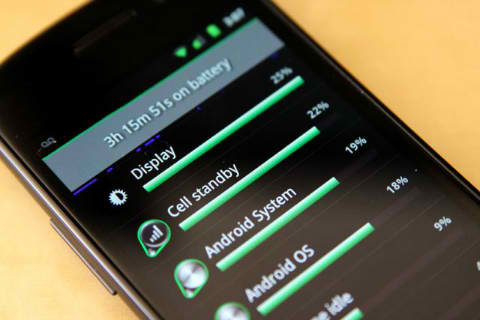
To help you decide, we’ve enlisted a few smartphone features that we think, if adjusted, could possibly lead to a device with longer battery life. So let’s start off with design.
Design
Now I know some of you are already thinking; why won’t manufacturers just slap a big-ass battery pack inside their smartphone and be done with it? I mean, can’t all the smartphone be like the CloudFone Thrill 430X which boasts a 4100mAh battery?

Well, we feel that it has something to do with the design and the aforementioned smartphone is a testament to that. Fitting a huge battery inside a rather small device like a smartphone, oftentimes result to a bulkier handset, as is the case for the 430X which has a thickness of 14.2mm.
Having said this, would you sacrifice a few millimeters of thickness for better mileage?
Display
As most of you may’ve noticed already, most flagship handsets that were released in recent times sports a 1080p displayed. Now, apart from being an overkill (as discussed on this post) in terms of pixel density, another thing to note about Full-HD screens on a smartphone is that it actually requires more power to drive.
Don’t believe my claim? Let’s take iPad 2 and iPad 3 as an example. Now, I don’t know if you can still remember it, but the two major differences between the two tablet is increase in screen resolution on the latter model, as well as the 70% difference in battery rating (iPad 2 – 6,944mAh vs iPad 3 11,560mAh) which resulted to a slight increase in thickness and heft (0.36 millimeters and 39 grams respectively).
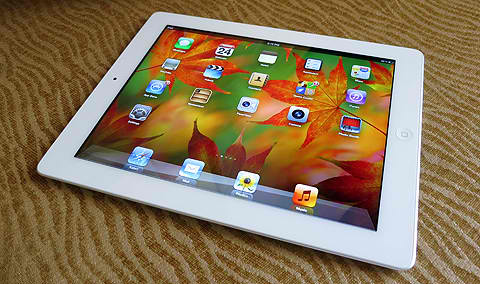
Now, based on countless reviews and comparison between the two generations, you probably noticed that the iPad 3 didn’t fare any better than its predecessor in terms of mileage. This leads us to a conclusion that Apple only outfitted the iPad 3 with a bigger battery for the sole purpose of counteracting the effect of the increase in resolution.
So, would you settle for a smartphone with a display that has a lower pixel count in exchange for longer battery life?
Processor
Now this one’s a little tricky to judge. Moreover, there’s also the question of whether multicore processors consume more power than single core chipsets. And depending on who are you talking to about this matter, you’re gonna get a different response.
Let’s start with the skeptics’ take on multicore processors. According to them, processor cores are similar to cylinders in a car engine; the more cylinders it has, the more powerful it gets. However, in exchange for the performance boost, the engine consumes more gas.
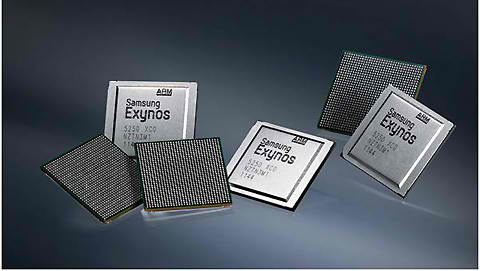
Chip manufacturers, on the other hand, have a different take on this. They too used the car engine analogy, but explained that unlike car engines, multicore processors have the ability to switch off other cores if it deems it unnecessary then switch it back on if the user requires more torque.
In addition to this, chip makers have taken the necessary steps to ensure that their processors/SOCs power consumption is always in check. In fact, NVidia has added a 5th “battery-saving” core on the Tegra 3 that ensures that the chip only consumes energy based on the current need.
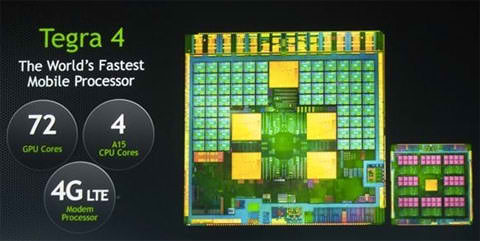
Both parties present a convincing argument on the difference in power consumption between single core and multicore setups. Thus, it’s really hard to tell which side is right. So instead of identifying which setup will provide more mileage, the question we should be asking is if we can live with a slightly slower chipset that consumes less power.
Data Connection
We all know that leaving data connection on, will drastically decrease the amount of up time of our device, not to mention if your connection is LTE. However, by turning it off we’ll be missing out on real-time feeds/updates on our email and social media.
You can make a few adjustments to your device such as controlling the frequency of synchronization, when to turn on mobile data and such, but the power consumption is still relatively higher compared to when you just turn off the mobile data.
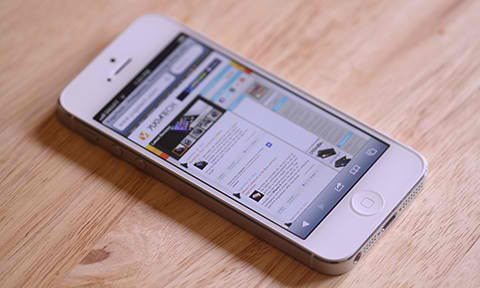
In actuality, most people do turn off their phone’s data connection to extend its battery life. However, the question is how much time are you willing to spend offline for the sake of stretching you device’s juice?
Summary
Mobile phones have indeed gotten more capable over the years, but it seems that with every addition of new features to it, the amount of time we spend being hooked in to a wall outlet, charging our devices, has also increased.
This is exactly the reason why we got curious as to what smartphone features consumers are willing to give up in exchange for longer period of mobility. We hope you can share your thoughts about this.

YugaTech.com is the largest and longest-running technology site in the Philippines. Originally established in October 2002, the site was transformed into a full-fledged technology platform in 2005.
How to transfer, withdraw money from PayPal to GCash
Prices of Starlink satellite in the Philippines
Install Google GBox to Huawei smartphones
Pag-IBIG MP2 online application
How to check PhilHealth contributions online
How to find your SIM card serial number
Globe, PLDT, Converge, Sky: Unli fiber internet plans compared
10 biggest games in the Google Play Store
LTO periodic medical exam for 10-year licenses
Netflix codes to unlock hidden TV shows, movies
Apple, Asus, Cherry Mobile, Huawei, LG, Nokia, Oppo, Samsung, Sony, Vivo, Xiaomi, Lenovo, Infinix Mobile, Pocophone, Honor, iPhone, OnePlus, Tecno, Realme, HTC, Gionee, Kata, IQ00, Redmi, Razer, CloudFone, Motorola, Panasonic, TCL, Wiko
Best Android smartphones between PHP 20,000 - 25,000
Smartphones under PHP 10,000 in the Philippines
Smartphones under PHP 12K Philippines
Best smartphones for kids under PHP 7,000
Smartphones under PHP 15,000 in the Philippines
Best Android smartphones between PHP 15,000 - 20,000
Smartphones under PHP 20,000 in the Philippines
Most affordable 5G phones in the Philippines under PHP 20K
5G smartphones in the Philippines under PHP 16K
Smartphone pricelist Philippines 2024
Smartphone pricelist Philippines 2023
Smartphone pricelist Philippines 2022
Smartphone pricelist Philippines 2021
Smartphone pricelist Philippines 2020
Ron says:
I am willing to give up tight pixel screen density. 1080 is overkill. qHD is enough. HD is right in the middle.
tech_noodles says:
I couldn’t agree more, for me qHD is enough and honestly i have three things i consider buying gadgets 1.Battery 2.Brand 3.Design/Specs in order yan ah hehe, but thats fo my personal preference. Why battery first coz i don’t wanna charge my battery every single day.
Kris says:
For Android devices, you can use battery saver apps like JuiceDefender, GreenPower, or Battery Defender. However one must note that these only work for the savings related to turning off data connection. Its sort of a compromise. These apps turn off data connection when the screen is turned off, so the more your phone is idle, the greater the savings. Also it has a timed mode where they open the data connection for a minute or two every 15min, so some messages and emails still get through, though not at real time. I get up to 6hrs more per day with Green Power.
Yusuf says:
The thickness of the phone. 10 mm, bigger battery > 8 mm, smaller battery
emignatius says:
I would definitely sacrifice the form factor for a better battery life. I think this is the only option above that would definitely not have any effect in terms of performance. In fact, I think a slightly thicker device may even help ergonomically. If companies however don’t want to sacrifice their design, they can always include an extra battery for those that has a removable battery (i.e. Samsung) or external battery packs for those with non-removable designs (i.e. iPhone).
vxalexei says:
I already gaveup my samsung galaxy s3 for a lenovo p770 with 3500mah batt. I hardly get 1day batt life with the sgs3 with data consantly on but with the lenovo, i get 2days without charging! It can even charge other gadgets through the usbOTG. The only downside is that it is not that as good looking as the sgs3. Function wise, almost the same as the sgs3. Best bang for the buck!
Rocketlog says:
I’d drop LTE and FHD (1080P) display features first. These features munch on your battery so hard it’s not even worth the specs bragging rights that come with it. FHD is not really noticeably better than HD (720p) displays. And LTE signals are still quite limited in range. Also, it makes you want to setup a wifi hotspot to be able to maximize the LTE speeds when they’re available.
The maximum thickness I’d settle for will depend on the height and width of the device. A bigger device (think 5-inch and up) would need to be thin to be comfortable, while smaller devices can add on a few millimeters and still feel good in the hand. So design is really something of a case to case thing.
Ronnie Bulaong says:
Nice. I also think that the tolerable thickness of the handset, in relation to battery size, depends on the display size. :D
peter purple says:
i am willing to give up the camera pixel. 5 megapixel is good enough.
von says:
HAHAHA except that doesn’t really consume the battery
Bleh says:
Definitely form factor. The 1080p and LTE is kinda like a gun. You don’t really need it but it’s good that it is there.
someone says:
I’d be ok with a smartphone that’s less than 20mm thick. I dont get it why manufacturers try to trim the thickness of their phones and sacrificing the battery life. Our jeans wouldn’t mind even if we had an inch thick of bulge on our pocket.
If my phone’s uptime is really a concerned, I would like to have a phone that has an internal battery so that I can hot swap a fresh battery without needing to turn off my phone. The internal battery can be as short as 5 minutes. Just enough time to replace it. Actually, my old Motorola Defy can do this, but it needs to be plugged in before i can hot swap the battery. Saves me a few minutes to not wait for the device to shut off and power back on. This is useful for those who are really dependent on their phone’s mobile connection without a power source nearby.
Sample says:
I would give bluetooth for a bigger battery since i hardly use it.